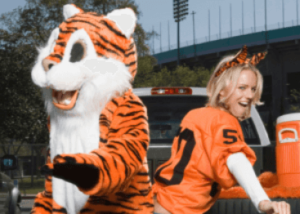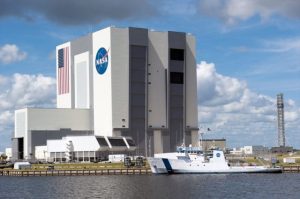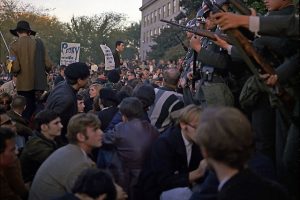10 Ridiculous Promotions and Giveaways That Backfired Big Time
Long before marketing was even a concept—maybe even back in the cave-painting days—humans probably figured out that giving something away was a smart move. Whether it was a shiny stone, a hunk of fresh meat, or a carved token of goodwill, the idea of giving to gain is as old as time. And the psychology hasn’t changed much. Today, businesses still offer freebies to draw people in, say thanks, or spark loyalty—and it works.
But here’s the twist: not all giveaways are created equal. Tossing out random stuff just because it’s free doesn’t mean people will care. The trick lies in knowing what your audience actually wants. Sometimes a small, clever gift to many can leave a bigger impression than a large gift to a few. Other times, the reverse is true. It’s all about value—perceived, personal, and practical.
10. McDonald’s Once Gave Out Razors with Breakfast—And It Wasn’t a Joke
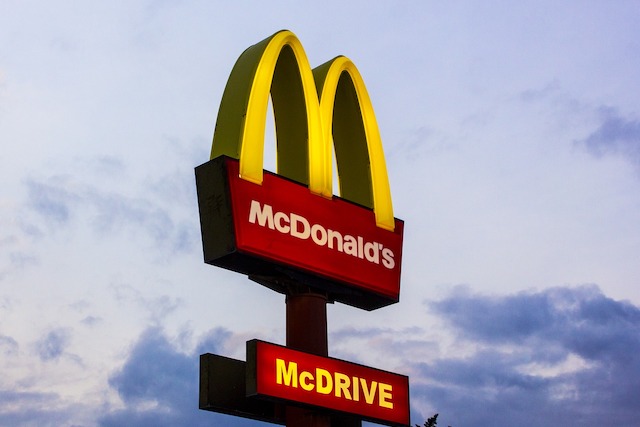
We all know McDonald’s as the home of Happy Meals, golden fries, and quirky promotional campaigns like the iconic Monopoly game. But buried in the archives of fast-food history lies one of the most bizarre promotional stunts ever attempted: giving away disposable razors with your morning breakfast. No, seriously.
Back in the 1970s and ’80s, someone at McDonald’s had a flash of marketing brilliance—or madness—and thought: “Hey, people eat breakfast in the morning, and they shave in the morning… why not combine the two?” So they did just that. Order a hot breakfast, and you might walk away with a fresh Gillette razor. Pancakes, sausage, and shaving gear—what could go wrong?
Well, turns out, quite a bit. For starters, the idea wasn’t exactly universal in appeal. Not everyone shaves, and let’s be real—no one wants to think about facial stubble while pouring syrup on their hotcakes. Plus, giving sharp objects to customers, including children accompanied by adults, seems like something that would trigger a thousand red flags today. But times were different then—looser, riskier, and maybe just a touch more surreal.
While there’s no confirmed record of any razor-related incidents, urban legends persist about diners allegedly finding razor blades in their eggs in the years that followed. Whether those stories are real or just part of the strange lore of fast food culture, one thing’s certain: this remains one of McDonald’s most baffling promotional missteps.
9. Oprah’s Legendary Car Giveaway Came with a $7,000 Catch
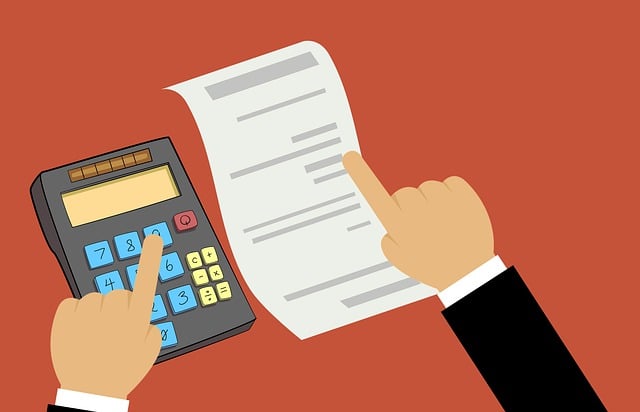
It’s one of the most iconic moments in TV history: Oprah Winfrey looks into the camera and shouts, “You get a car! You get a car! Everyone gets a car!” The crowd erupts in absolute chaos. Pure, unforgettable television. But behind the feel-good frenzy was a harsh reality check—those “free” cars weren’t actually free.
In 2004, 276 lucky audience members received brand-new Pontiac G6 sedans, each valued at nearly $30,000. On the surface, it was a dream come true. But for many, it quickly turned into a financial headache. Why? Taxes—and lots of them.
Thanks to U.S. tax laws, the recipients were responsible for paying income tax on the car’s value, just as if they’d won cash. That meant a surprise bill of up to $7,000 per person, simply for accepting the gift. The twist? The entire audience had been curated specifically to include individuals who needed a vehicle—many of whom couldn’t afford one to begin with, let alone a hefty tax bill.
The fallout was awkward. Some recipients were advised to sell the car just to pay the taxes, while others chose to decline the gift altogether. In a country like Canada, where lottery and prize winnings are typically tax-free, this debacle likely wouldn’t have happened—or at least, not on such a painful scale.
To be clear, it was still a generous and well-intentioned gesture, and for many, it was life-changing. But it also serves as a powerful reminder: even the best giveaways can come with strings attached—especially when the IRS is involved.
8. Buy a Truck, Get an AK-47: The Wild Car Dealership Promo That Turned Heads
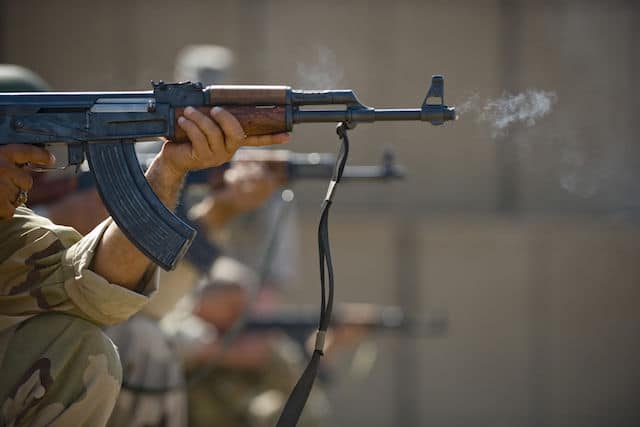
Back in 2009, a car dealership in Kansas City, Missouri decided to take “promo with purchase” to a whole new level. While most dealers might toss in a free tank of gas or maybe a discount on service, Max Motors had something a little more… attention-grabbing in mind.
Buy a pickup truck, and you’d receive a voucher for an AK-47 assault rifle. Yes, that AK-47 — the iconic Soviet-designed firearm known worldwide for its power and durability.
The dealership’s owner wasn’t shy about the controversy. In fact, he leaned into it. He claimed the campaign was a smash hit and didn’t mind that it ruffled feathers—particularly among more liberal audiences. For him, that was part of the point. It was as much a political statement as it was a marketing stunt.
Now, to be clear, no one was handed a rifle on the spot. Instead, buyers received a voucher redeemable at a licensed gun shop, where they had to go through the standard background check and legal paperwork. So thankfully, no one was driving off the lot locked and loaded.
Whether you see it as a brilliant guerrilla marketing tactic or a reckless publicity stunt, one thing’s for sure—it got people talking, and it moved a lot of trucks.
7. How a Cap’n Crunch Cereal Toy Accidentally Helped Invent Phone Hacking—and Kickstart Apple
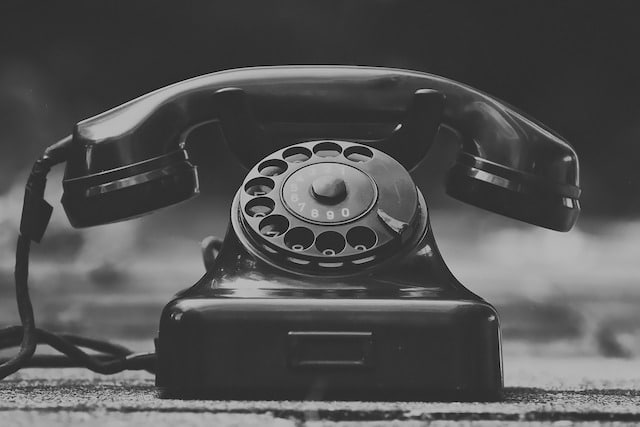
In the 1960s, Cap’n Crunch cereal ran what seemed like an innocent promotion: they gave away toy bosun’s whistles inside the box, matching the brand’s nautical theme. But what was meant to be a harmless prize for kids turned out to be a key that unlocked the phone system — literally.
The toy whistle emitted a tone at exactly 2600 hertz, which, by sheer coincidence, was the precise frequency used by phone companies at the time to signal an open line for long-distance calls. When someone blew the whistle into a payphone, it tricked the system into granting free access to long-distance services — no coins required.
Enter John Draper, a former Air Force electronics technician and soon-to-be infamous phone hacker (or “phreaker”). He discovered the whistle’s hidden power and used it to explore the phone system’s inner workings. Draper soon built devices called “blue boxes”, capable of playing various control tones to manipulate phone lines at will.
And here’s where things get even more surprising: Steve Wozniak and Steve Jobs, the future founders of Apple, met Draper during this time. Inspired by the blue boxes, they began building and selling them — a move many credit as one of their first tech ventures together, laying the groundwork for what would eventually become Apple.
6. The Time a Radio Station Threw Live Turkeys at a Crowd—And Regretted It Instantly
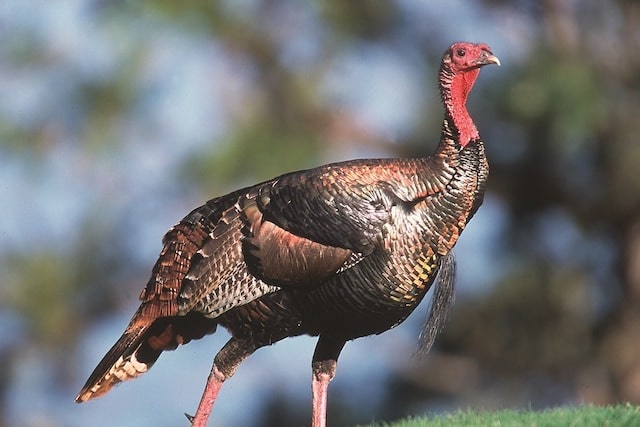
One of the most iconic episodes of the classic sitcom WKRP in Cincinnati featured a Thanksgiving promotion gone horribly wrong: a live turkey drop from a helicopter that quickly descended into chaos. While it was played for laughs on TV, the inspiration behind it came from a real-life event that was no joke.
Back in the 1950s, a radio station manager organized what he thought would be a festive holiday giveaway: live turkeys handed out from a truck in a busy parking lot. Unfortunately, things didn’t go as planned. A large crowd gathered, and as the birds were released, pandemonium erupted. People lunged at the birds, others ran screaming, and the scene quickly turned from cheerful to chaotic. The event was so disastrous, it was never repeated.
According to WKRP creator Hugh Wilson, the original story may have involved a helicopter in Texas, adding another surreal twist. In both versions, the key problem was the same: someone assumed turkeys could fly.
5. Coca-Cola’s MagiCan: When Free Cash Came with the Stench of Rotten Water

In the early 1990s, Coca-Cola launched one of its most bizarre promotions ever — the “MagiCan” campaign. The idea was simple, yet wild: what if opening a Coke could actually make you richer? Hidden inside select cans were spring-loaded compartments containing cash, coupons, or gift certificates. But here’s where it gets strange.
To make the cans feel normal — the same weight and slosh as a real drink — Coca-Cola added liquid. But they couldn’t risk someone actually drinking it, so they chose something unmistakably unpleasant: a mix of chlorinated water with a foul, almost rancid odor. In theory, no one would mistake it for soda. In practice? Not quite.
Some unlucky folks cracked open their magical cans only to get money soaked in stinky fluid. Others never got the prize at all, as the mechanism inside jammed or broke. The worst part? The cans looked completely ordinary. There was no label, no sign, no hint that a prize might be inside. So unsuspecting drinkers who had no idea about the promo ended up sipping what they thought was a horrible batch of Coke — and probably questioned their taste buds or health.
Even worse, one unfortunate child actually drank the mystery liquid, which sparked public backlash and concern over health risks. Although the liquid was technically not dangerous, the damage to Coca-Cola’s image was done. The company quickly pulled the campaign from shelves, but the legend of the MagiCan lives on.
This failed promo is now a cautionary tale in the world of marketing stunts — a reminder that even the biggest brands can mess up when mixing surprise with soda. Curious how other ads have gone wrong? Check out Pepsi’s marketing missteps in Asia or explore weird promotions that backfired.
4. How One Man Turned $3,000 Worth of Pudding Into Over 1 Million Air Miles

Sometimes, all it takes to beat the system is a sharp mind and a sweet tooth. Back in the late ’90s, Healthy Choice ran a promotional campaign that, on paper, seemed simple: send in 10 product barcodes, get 500 Air Miles. But if you acted fast — within the first month — you’d get 1,000 Air Miles instead. Sounds like a decent reward for loyal customers, right?
Well, David Phillips, a college professor with an eye for value, saw something else: an opportunity to rack up serious frequent flyer miles without ever boarding a plane. He discovered that while most Healthy Choice products cost around $5, their pudding cups were being sold for just 25 cents each at a local discount store. That changed everything.
Armed with spreadsheets, strategy, and a hunger for points (not pudding), Phillips bought 12,150 cups of the stuff, spending around $3,000. In return, he earned enough barcodes to qualify for a staggering 1,280,000 Air Miles — roughly equivalent to $150,000 worth of travel.
But peeling off thousands of labels? That’s where the real genius kicked in. Phillips struck a deal with the Salvation Army: they’d provide volunteers to help remove the UPCs, and in return, he’d donate all the pudding — resulting in not just good karma but also an $815 tax deduction as a charitable gift.
Healthy Choice honored the promo, perhaps a little stunned by how effectively someone had gamed the system. This wasn’t fraud — just a clever optimization of the rules. And Phillips? He spent years flying for free, enjoying first-class flights, family vacations, and even luxury hotel stays, all thanks to pudding cups.
This story has become a legendary case study in promotional loopholes. It’s a reminder that sometimes, the most incredible wins come not from luck, but from reading the fine print and thinking just a little differently.
Want more real-life marketing stunts that spiraled out of control? Check out this list of wild brand promotions or read about how Pepsi promised a fighter jet—and got sued.
3. When a Game Publisher Offered to Pay Speeding Tickets—and Got a Lot More Than Attention
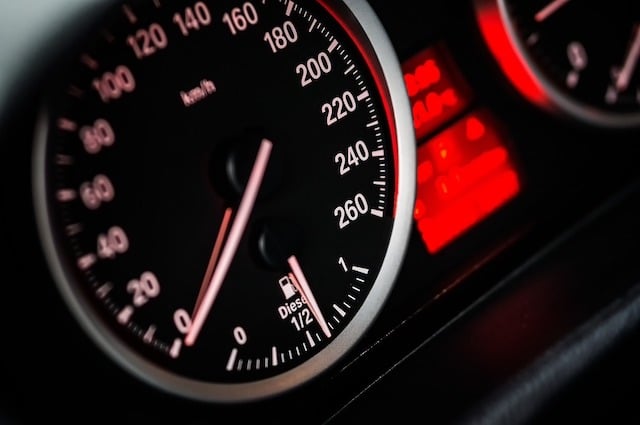
Sometimes, marketing ideas are so wild that you have to read them twice to believe they actually happened. In one of the most outrageous video game promotions ever, UK publisher Acclaim Entertainment decided to celebrate the release of their racing game Burnout 2: Point of Impact by… offering to pay speeding tickets.
Yes, you read that right.
On the day Burnout 2 hit store shelves in the UK, Acclaim publicly announced that any driver caught speeding could send in their fine—and the company would cover the cost. The goal? Generate buzz for a game all about high-octane crashes and reckless speed. And it definitely got people talking.
But not everyone was thrilled. The UK government and road safety advocates slammed the campaign, calling it irresponsible, dangerous, and a “reckless endorsement” of illegal behavior. Acclaim, seemingly unfazed, tried to spin it differently: “We’re not telling people to speed,” they said. “We’re helping them get home faster to play the game—in a safe environment.”
It didn’t help. The backlash was swift. Police departments warned drivers not to take the bait, and media outlets quickly criticized the campaign as a stunt gone way too far. Some even feared that the offer might actually encourage reckless driving, putting real lives at risk just for a few minutes of press coverage.
The promo was eventually dropped under mounting pressure, but by then, Acclaim had already secured what it wanted: headlines, controversy, and a permanent spot in the hall of marketing fails that somehow worked.
2. The 10-Cent Beer Disaster: Cleveland’s Infamous Baseball Riot of 1974

In 1974, Cleveland’s baseball promotion took a wild turn when the team decided to sell beers for only 10 cents. While it may sound like a good deal, what happened next is a classic example of how a seemingly harmless promotion can spiral out of control.
Normally priced at 65 cents, beers were suddenly available at an unbelievably low price. Although fans were limited to buying just six beers at a time, they could make as many trips to the concession stand as they wanted. It didn’t take long before the stadium became packed with incredibly drunk individuals. And by incredibly, I mean extremely drunk.
The game itself was interrupted multiple times by fans who had clearly overindulged. At one point, a group of half-naked people ran onto the field, adding to the chaos. As if that wasn’t enough, things escalated even further. Metal chairs were thrown into the stands. Fireworks were shot at the dugout. Hot dogs were hurled at the Texas Rangers players, and spitting on them was a common sight.
As the game neared its conclusion, it became clear that the situation was beyond control. A fan attempted to steal a hat from a Texas outfielder, and in a dramatic response, the manager and players rushed in, assuming the fan had attacked. That’s when the mayhem truly erupted. Fans stormed the field, and the Texas team, prepared for trouble, grabbed bats to defend themselves.
What followed was nothing short of a riot. Thousands of drunken Cleveland fans clashed with players and each other. The stadium security team, only 50 members strong, was utterly powerless in the face of the chaos. Police were called in, and things only worsened when tear gas was deployed to disperse the crowd. Ultimately, the game was forfeited, and the event became one of the most notorious examples of what can happen when a promotion goes terribly wrong.
While it’s hard to deny that the promotion caught the attention of many, it’s also a prime example of why uncontrolled drinking promotions can lead to disaster. This chaotic night in Cleveland serves as a reminder that even the most harmless-seeming offers can have unintended consequences. Whether you’re at a sports game or hosting your own event, it’s always essential to think about the potential impact of your promotions. Sometimes, a little too much “fun” can be exactly what ruins it all.
1. Hoover’s Free Flight Fiasco: How a Promotion Destroyed a Company

In the 1990s, Hoover’s attempt to boost their sales in the UK through a seemingly irresistible offer turned into one of the biggest corporate blunders in history. The company, struggling with declining sales, partnered with a travel agency to offer customers a chance to receive two free round-trip tickets to anywhere in Europe when they spent £100 on Hoover products.
At first glance, it sounded like a great deal—who wouldn’t want free flights with a vacuum purchase? However, Hoover’s fine print and bureaucratic red tape quickly soured the offer. To claim the tickets, customers had to jump through hoops: submit receipts within 14 days, complete multiple forms, and wait for approval. But that was just the beginning. Hoover reserved the right to reject chosen departure dates and destinations, leaving customers at their mercy.
Despite the complicated process, the promotion initially worked—sales soared. But Hoover, eager to maximize the buzz, decided to expand the offer to include flights to the United States. The issue? Those flights would cost Hoover £600 each, and the £100 vacuum purchase didn’t even come close to covering that amount. Risk managers warned against the expansion, but Hoover pushed forward with the idea anyway, assuming that few people would take advantage of it and that customers would purchase more than the £100 worth of products.
Both assumptions turned out to be disastrously wrong. Instead of a trickle of claims, a flood of orders for cheap Hoover products overwhelmed the company’s manufacturing. What followed was even worse—thousands of customers began requesting their free flights. Hoover was facing a potential loss of £100 million. In an attempt to minimize the damage, the company tried to deny claims, offer flights from distant airports, and force customers to miss deadlines. But the backlash was swift and unforgiving.
In a dramatic turn, one frustrated customer blocked a Hoover truck and held it captive for 13 days. The company’s response? A flurry of finger-pointing, the firing of the UK president, and a meager “free flight fund” that was far from enough to make up for their failures. In the end, Hoover’s parent company had to pay out $72 million in compensation, and the European division, deeply damaged by the scandal, was sold off to a competitor.
The Hoover free flight disaster is a cautionary tale about how the best-laid promotional plans can go disastrously wrong when companies fail to anticipate the consequences. Sometimes, even the most tempting offers can backfire, leaving brands in a desperate scramble to repair their reputation. **Promotions, while enticing, should always be carefully considered to avoid disastrous fallout.







